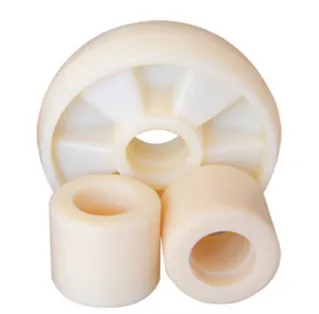


Industrial Fall Protection Devices Safeguarding Workers at Heights
In various industries, especially those involving construction, maintenance, and warehousing, workers often find themselves at significant heights. This elevation increases the risk of falls, which can lead to severe injuries or even fatalities. To mitigate these dangers, industrial fall protection devices play a crucial role in ensuring worker safety and maintaining compliance with safety regulations.
At the heart of fall protection systems are several types of devices designed to prevent falls and minimize injuries. One of the most common types is the harness. Personal fall arrest systems (PFAS) typically consist of a full-body harness that distributes the force of a fall across the body, reducing the risk of injury. Additionally, lanyards and retractable lifelines are used in conjunction with these harnesses to secure workers to stable anchor points, providing a reliable point of attachment while allowing for movement.
Another essential component of fall protection equipment is the safety net. These nets are strategically placed below areas where workers are operating at height. In the event of a fall, safety nets catch the individual, significantly reducing the risk of injury. Safety nets are especially useful in construction sites where multiple workers operate concurrently, providing an additional layer of security.

Guardrails are also critical in fall protection strategies. These physical barriers are installed around elevated areas such as scaffolding and rooftops to prevent accidental falls. By creating a physical barrier, guardrails not only protect workers but also help in managing the movement of materials and equipment, further enhancing site safety.
Training and awareness are vital aspects of any fall protection program. Workers must be educated on the proper use of equipment and the potential hazards associated with working at heights. Regular training sessions and drills ensure that employees remain vigilant and are prepared for emergencies. Employers should foster a safety culture where workers feel empowered to speak up about unsafe conditions and practices.
Compliance with safety standards is essential for industries operating at heights. Regulatory bodies, such as the Occupational Safety and Health Administration (OSHA) in the United States, set forth guidelines that organizations must adhere to in order to protect their workers. Regular inspections and maintenance of fall protection devices are necessary to ensure they are functioning correctly and providing adequate protection.
In conclusion, industrial fall protection devices are indispensable for safeguarding workers operating at heights. By utilizing a combination of harnesses, safety nets, guardrails, and comprehensive training programs, employers can create a safer working environment. As industries continue to evolve, ongoing innovations in fall protection technology and practices will further enhance worker safety, helping to eliminate fall-related accidents and injuries. Prioritizing safety not only complies with regulations but also fosters a culture of care and trust within the workforce.



